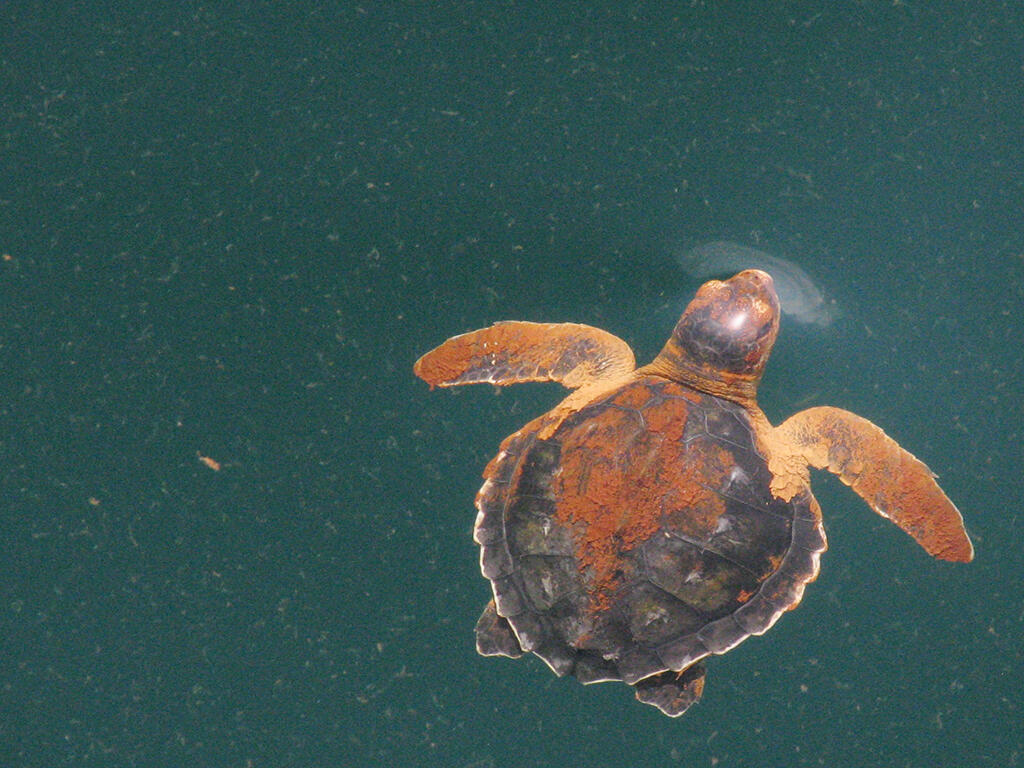On March 24, 1989, the Exxon Valdez ran aground in Prince William Sound, Alaska, spilling nearly 11 million gallons of crude oil. At the time, the spill was the Nation’s largest environmental disaster.
Close to 20 years later, on April 20, 2010, the world’s largest spill occurred in the Gulf of Mexico. The Deepwater Horizon oil spill eventually released 134 million gallons of crude oil, killing wildlife and damaging ecosystems and human communities throughout the region. Although many species have recovered in Prince William Sound and the Gulf of Mexico, oil lingers in both areas, plaguing recovery efforts for several species still affected by the oily pollution.
Systems capable of delivering oil can spill or rupture. When this happens, the outcomes vary in scope and magnitude. As a primary concern, communities and their leadership require accurate information about the severity of a spill, clean-up costs, and the immediate and long-term effects.
These are questions only science can answer, and those answers can also assist with resolving legal issues and court cases.
“The State and Federal Trustees assessing injuries to natural resources caused by the BP oil spill relied on science from the U.S. Geological Survey (USGS) extensively,” said Kevin Reynolds, the Department of the Interior case manager for the Deepwater Horizon Natural Resource Damage Assessment and Restoration. “There are two sides to the natural resource damage assessment process after a spill: injury quantification and restoration planning … and the USGS helps us with both these aspects. Whether it was helping us track Kemp’s ridley sea turtles, which nest on National Park Service lands, or helping NOAA [National Oceanic and Atmospheric Administration] assess injuries to deep-sea corals, USGS scientists were a big part of the process.”
In instances where pre-spill information on water quality, wildlife, and fisheries already exists, there is a baseline for assessing how conditions changed after the spill. When such information is minimal or nonexistent, collecting data before spilled oil changes the environment is essential.
“For example, scientists at the USGS helped us show that oil exposure is harmful to the threatened Gulf sturgeon,” said Reynolds, who contacted a specialized USGS lab in Missouri to help with a sophisticated experiment using a surrogate species to determine the adverse effects of the oil. The lab used a genetically similar sturgeon to run a series of experiments.
The USGS response to the Deepwater Horizon oil spill also included estimating the quantity of oil flowing from the well and evaluating how to cap the well. In fact, 87 days after the explosion that started the spill, a USGS research hydrogeologist worked on the calculations used in deciding to keep a 75-ton containment cap in place on the Macondo well, allowing a more permanent solution to be implemented months later.
“Science is the process, and provides the legal overlay, to hold the responsible party accountable,” said Craig O’Connor, special counsel for natural resources at the National Oceanic and Atmospheric Administration. O’Connor was responsible for overseeing his agency’s work to identify and quantify natural resource damages caused by the Exxon Valdez and the Deepwater Horizon oil spills. It was the combined work of the USGS and other agencies that helped O’Connor successfully use science to explain the environmental conditions before and after the spills.
Science has shown that recovery from an oil spill can take decades.
For example, in the Exxon Valdez spill, USGS scientists were some of the first responders from a multiagency team that documented 1,000 sea otter deaths. Continued research by the USGS showed the recovery of both the sea otter and harlequin sea duck populations was slowed and affected by lingering oil for nearly two decades. The long-term effects were greater than those of the initial oiling.
The critical data that USGS scientists obtain from these events helps the Nation refine and improve its response strategies for future events.
For more information, contact contact Anne Kinsinger, USGS Associate Director for Ecosystems, at akinsinger@usgs.gov.
Read more stories about USGS science in action.












